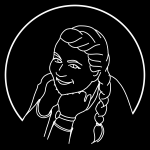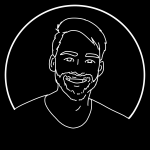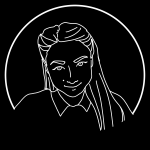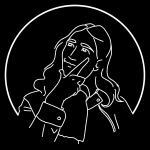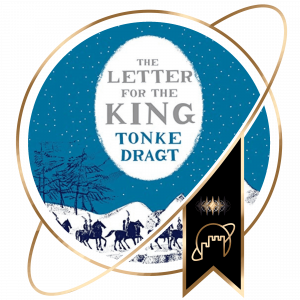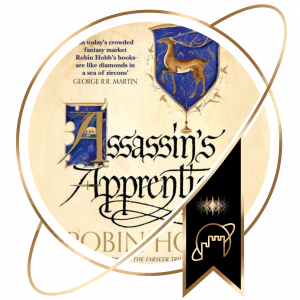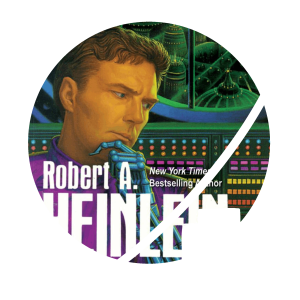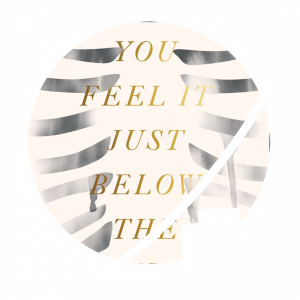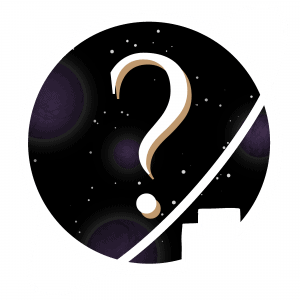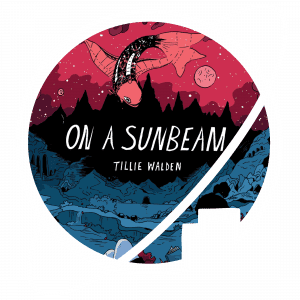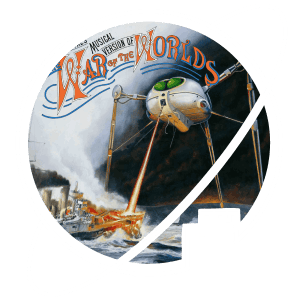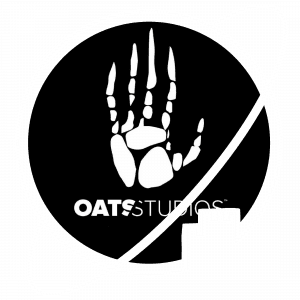- Novel written by Ursula Le Guin
- Published in 1972
- Part 3 of the Earthsea Cycle
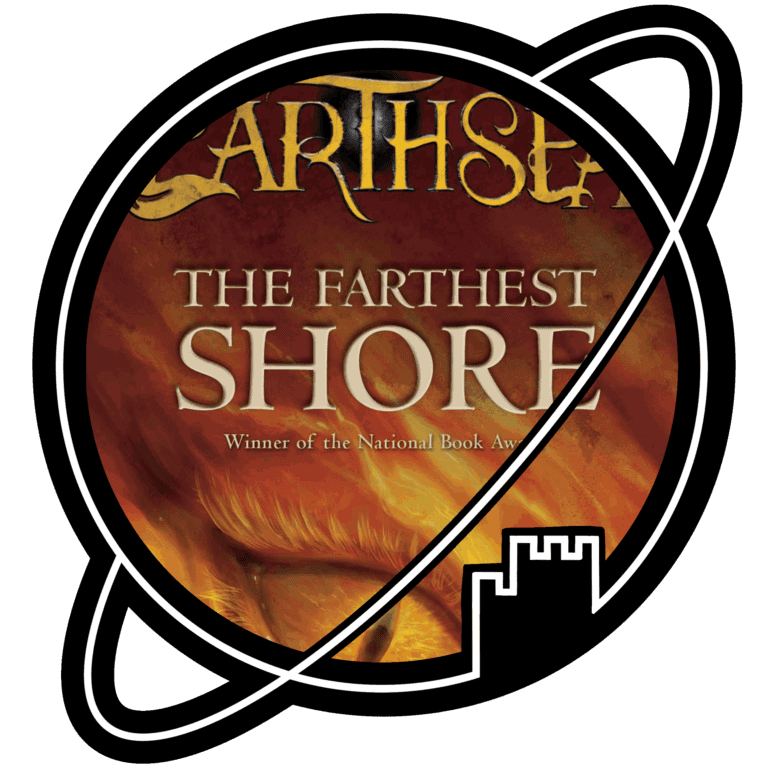

Listened to the audiobook with Rob Inglis – as the previous audiobooks, well read.
When reviewing The Tombs of Atuan, I wrote that I liked how the novel was a complete curveball, changing both perspective and style away from A Wizard of Earthsea. The final instalment in the first trilogy of the Earthsea Cycle is much more akin to the first novel than it is to the second.
While the trilogy’s main character, Ged, is not the protagonist of this novel, he does show up on the first page. Still, viewed from the outside, this older version of a well-known character is now presented as a mysterious mentor, the overconfidence and daring of his earlier appearances now gone.
The voyage in The Farthest Shore has a clear destination but is meandering, leading to a more episodic structure that we might recognise from the first instalment in the trilogy. Of the trilogy, The Tombs of Atuan is the book that tells the most coherent, unified story. But even if the plot is more fragmented, the themes of The Farthest Shore tie the trilogy together very well.
The journey that Ged takes Arren, The Farthest Shore’s protagonist, on is akin to his own journey from A Wizard of Earthsea: the two characters sail from island to island, looking for the source of evil that is draining magic from the land, meanwhile learning both about themselves and the people around them. This allows Le Guin to showcase a wide variety of places and peoples around Earthsea. Especially the encounter with the Raft People shows Le Guin’s talent for world building: it felt like she built up an entire culture in the space of a few paragraphs.
The finale of The Farthest Shore is surprisingly satisfying. The antagonist is not one that has been built up over the three books of the trilogy, which a seasoned reader of fantasy literature might expect. Instead, the antagonist feels like an evil reflection of Ged, a version of him he might have become had he made all the wrong choices he narrowly avoided making in A Wizard of Earthsea. This theme strongly echoes A Wizard of Earthsea itself: after all, that book also deals with the idea of defeating an evil version of oneself.
I really like that unifying theme of the trilogy. While a fantasy tale like Earthsea might make the choice one of literal life versus undead, good versus evil, the lesson that we are made who we are by our choices – and that we can choose to change at any time – is one that we cannot hear to often.

